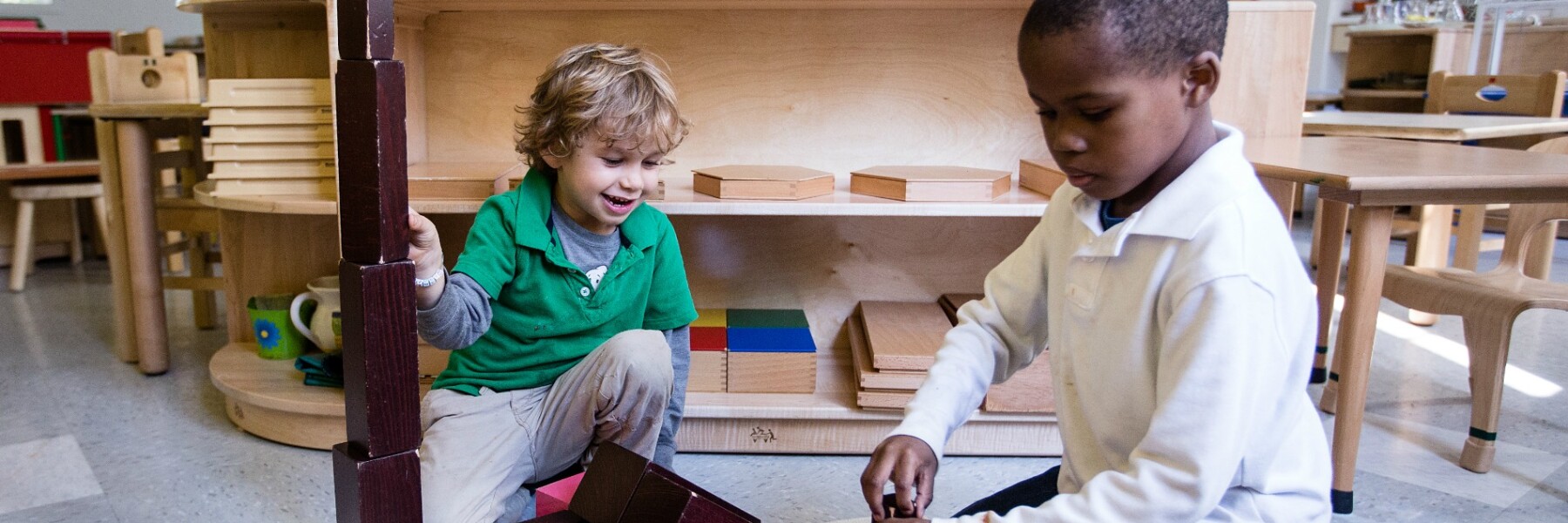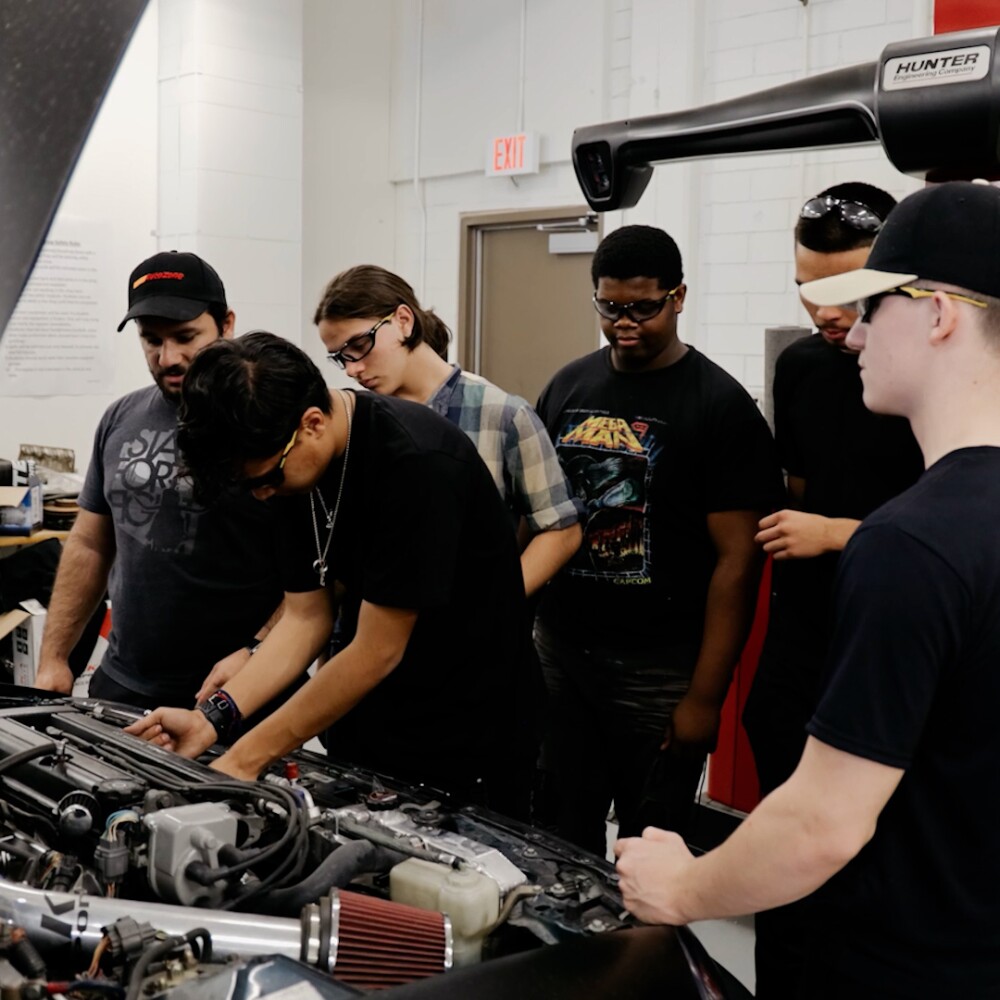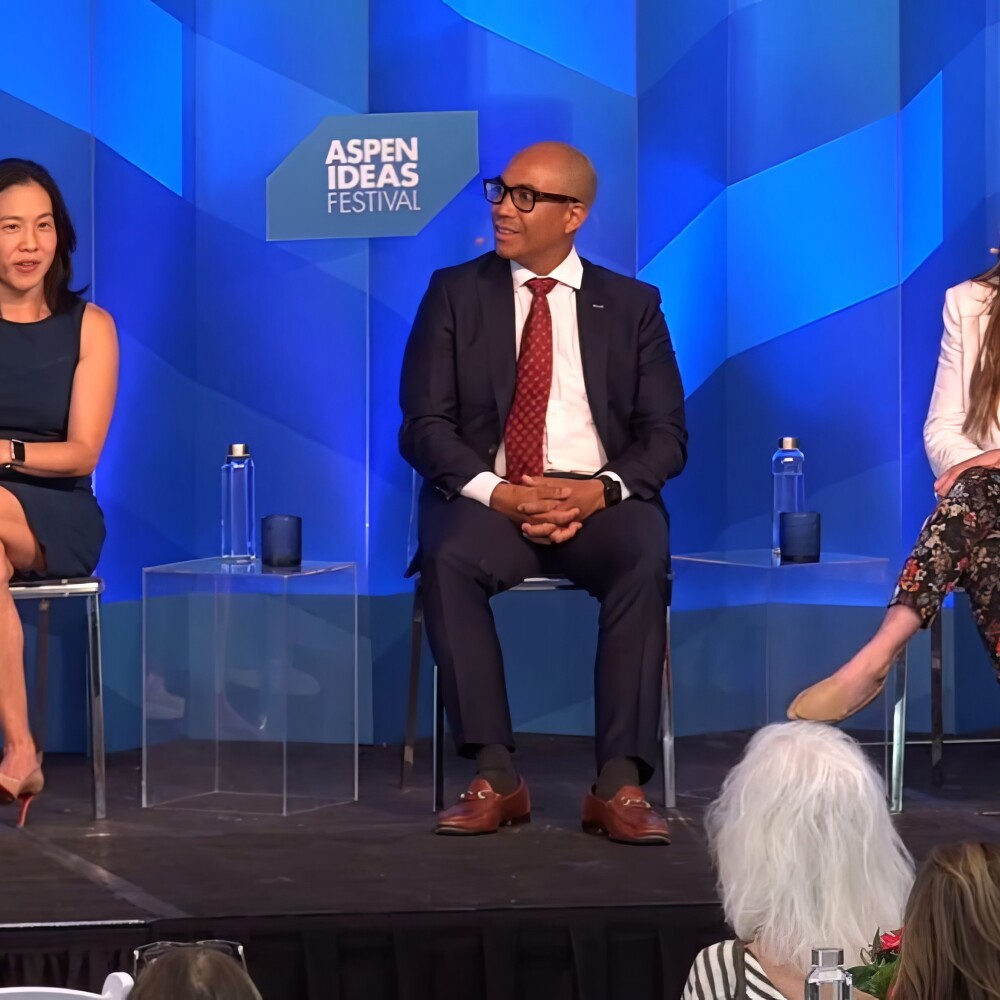Two years ago, when Lee Montessori Public Charter School applied for and received a startup grant from the Walton Family Foundation, our mission was to help close the opportunity gap in Washington, D.C., by providing a top-notch education to poor and minority children.
We assumed that 70% of our students would qualify for free or reduced-priced lunch — a proxy for poverty — and we set out to build the community we envisioned. We hosted recruitment events in low-income communities and recruited teachers and staff with experience working with children with trauma.
We did all this because our founding team had a strong belief in both educational equity and in Montessori, a method of education based on self-directed activity, hands-on learning and collaborative play. We thought this model would help high-needs kids in Washington thrive.
As applications for our first classes started rolling in, we realized there was interest from families of all income levels. In our first year, 529 applied to our lottery for only 77 seats. In the end, only a quarter of our first class (19 students) came from low-income families. The challenge wasn’t a lack of demand among low-income families; it was overwhelming interest from wealthier families.
In the two years since we opened, we’ve kept our mission but changed our implementation strategy.
Intentionally diverse schools, which prioritize student diversity and encourage many types of students from many backgrounds to learn together, are increasingly popular nationally. We were not diverse by design; rather, we are “diverse by reality.”
We were prepared and staffed to support children from low-income communities, but we have ended up serving a broad mix of students: we have significant populations well below grade level, at grade level, and above grade level; we serve students from communities impacted by violence and those from far safer neighborhoods.
In many ways, it would have been easier to have served a more homogeneous student population. We would have developed academic policies and programs with most students starting at the same (disadvantaged) point. We would have created a behavior management system that addressed one set of shared experiences rather than the diverse experiences of a heterogeneous population. Reality has proved harder but more gratifying.
We’ve been excited to see how the Montessori method can allow us to accommodate the different needs of our students.
Contrary to popular belief, there is a great deal of structure in Montessori classes, rooted in the idea of Freedom with Limitations. This approach reinforces restraint and active participation, but the simple act of choosing can be challenging for a child who is used to a more authoritarian classroom (“Okay, it’s reading time.”) or who is raised in a more authoritarian household (“Wash your dishes, because I said so.”). We’ve learned to adapt our model to help each member of our diverse population acclimate to Montessori.
Although we didn’t plan it this way, we are joyful and proud to see our students learning collaboratively — and developing friendships with and empathy for children coming from very different backgrounds.




